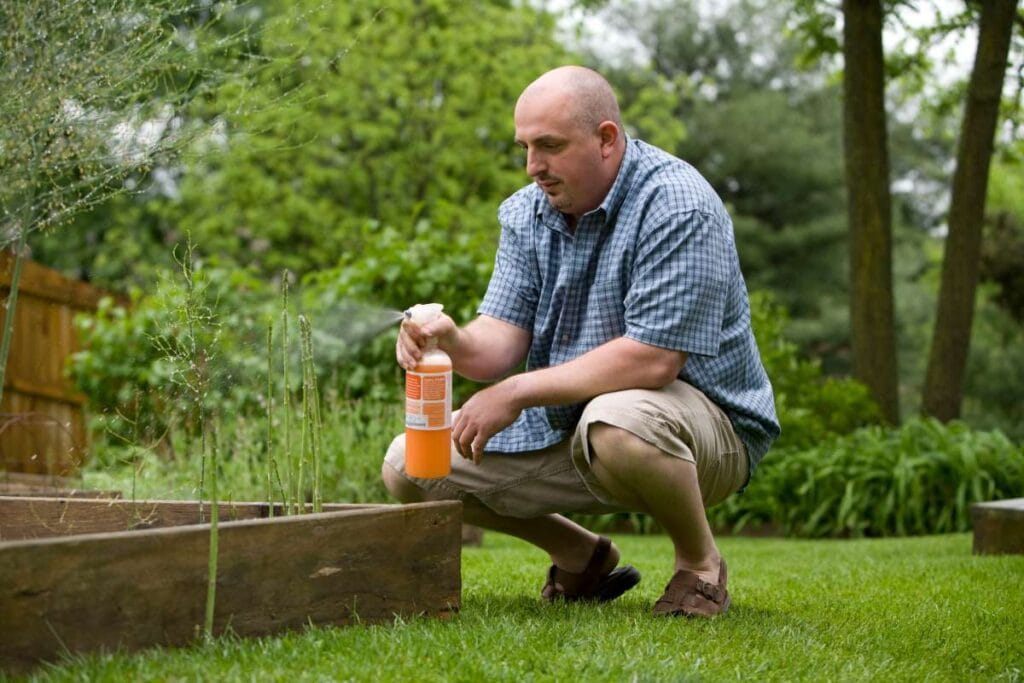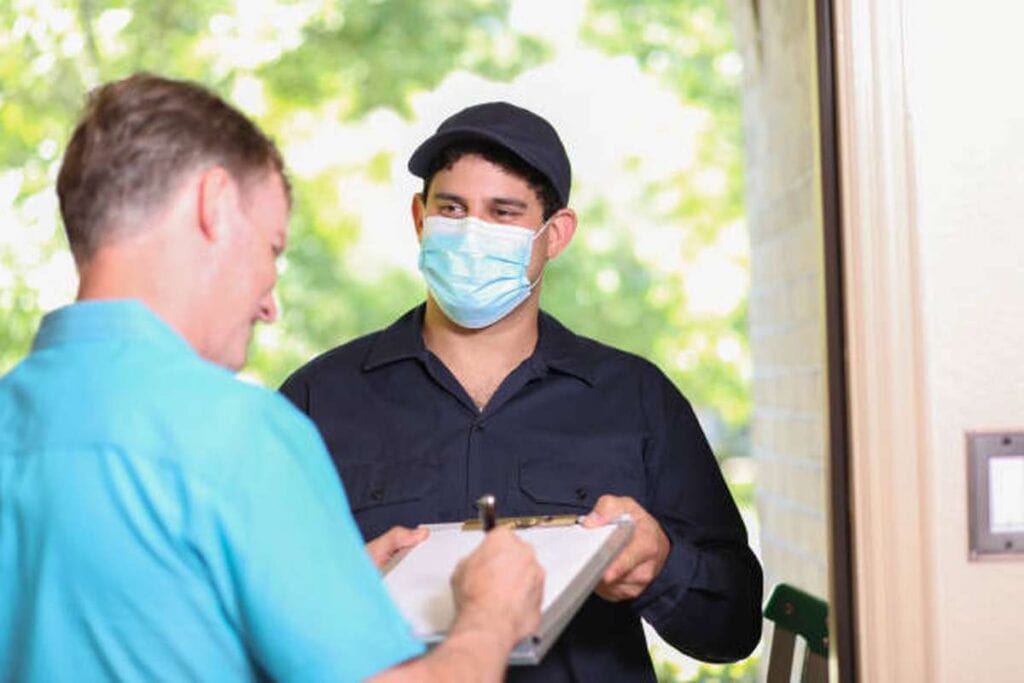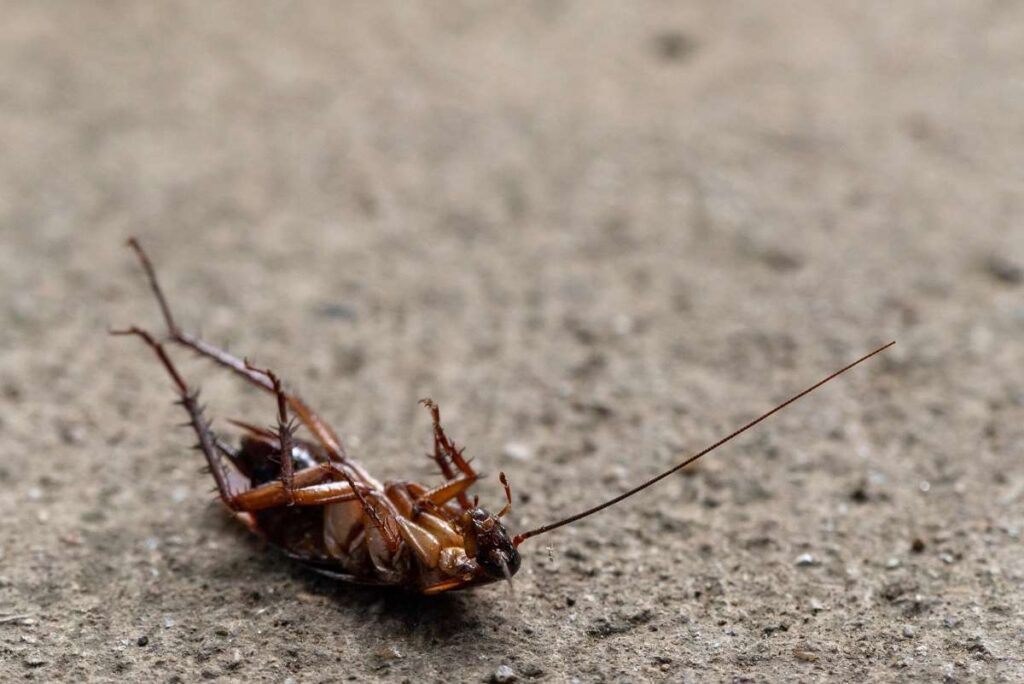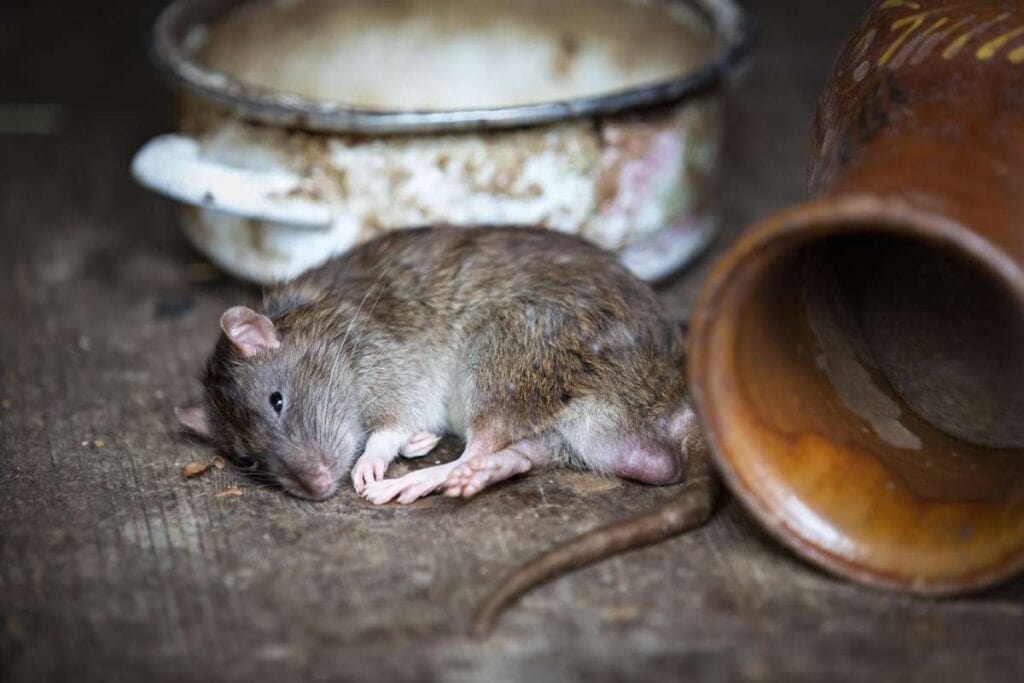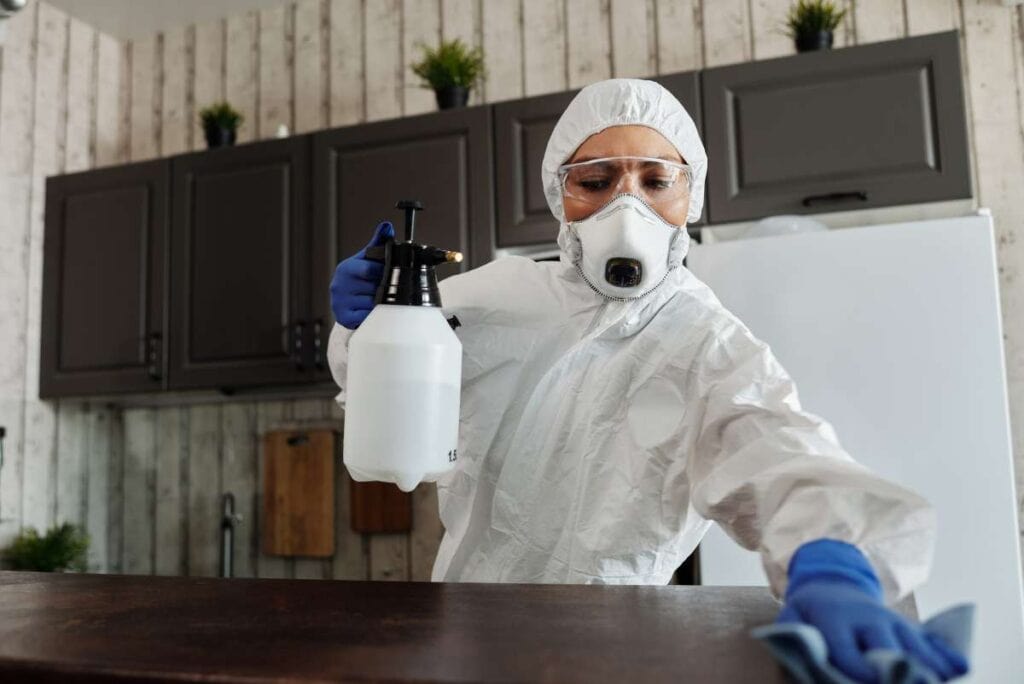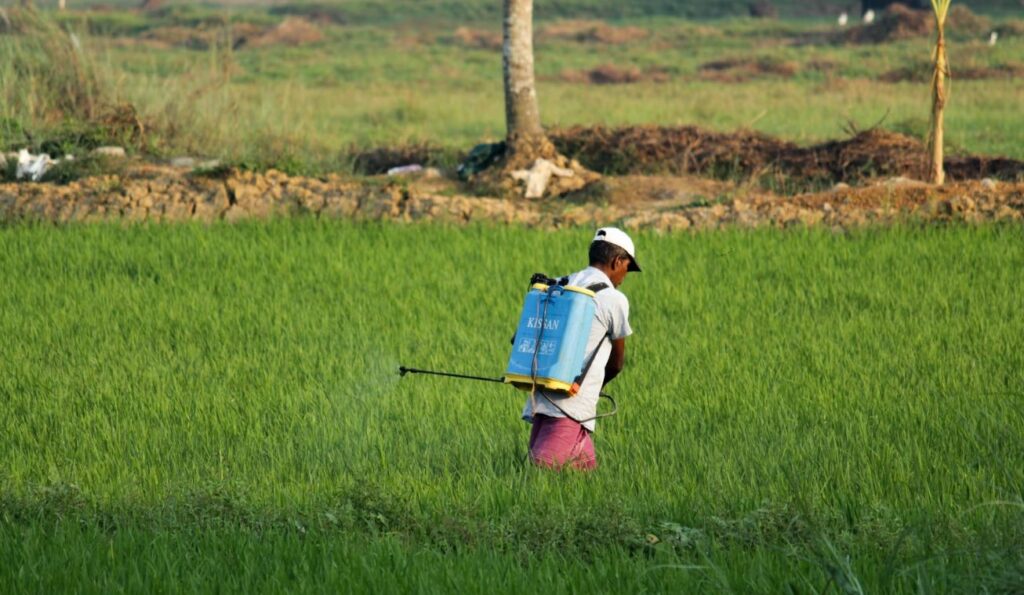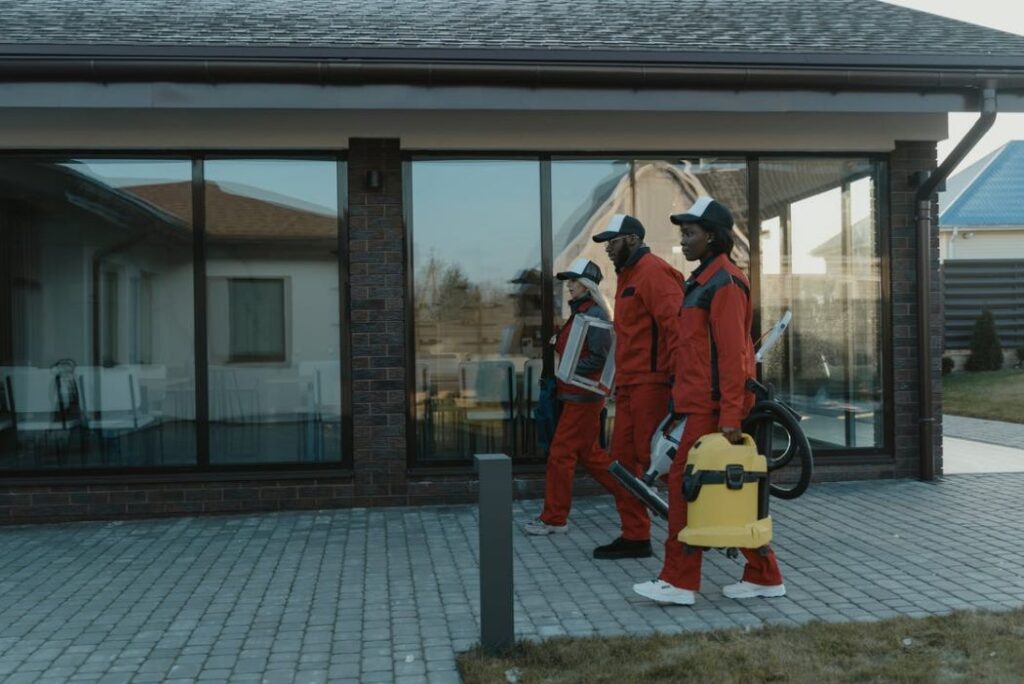One of the most prevalent types of pests seen in many homes is the cockroach. These opportunistic eaters might haunt kitchens, rooms with food storage, and even sewers. This is why they can infect food and spread illnesses like staphylococcus, salmonella, and streptococcus.
After having their home sprayed for cockroaches, many homeowners may wonder how to keep the pests at bay. Avoiding future roach infestations requires strict adherence to certain regulations and implementing preventive measures.
This comprehensive guide covers important processes that must be taken to keep the environment free of pests immediately following the removal of the exterminator.
What Are Pest Control Sprays?
Cockroach spray, often called roach pesticide, is designed to eliminate existing roach populations and forestall their reintroduction. Its caustic chemicals will adhere to the roach's body. The chemical is spread when they come into touch with other bugs. As a result, the cockroach and pest communities work together in a chain reaction to eliminate the infestation.
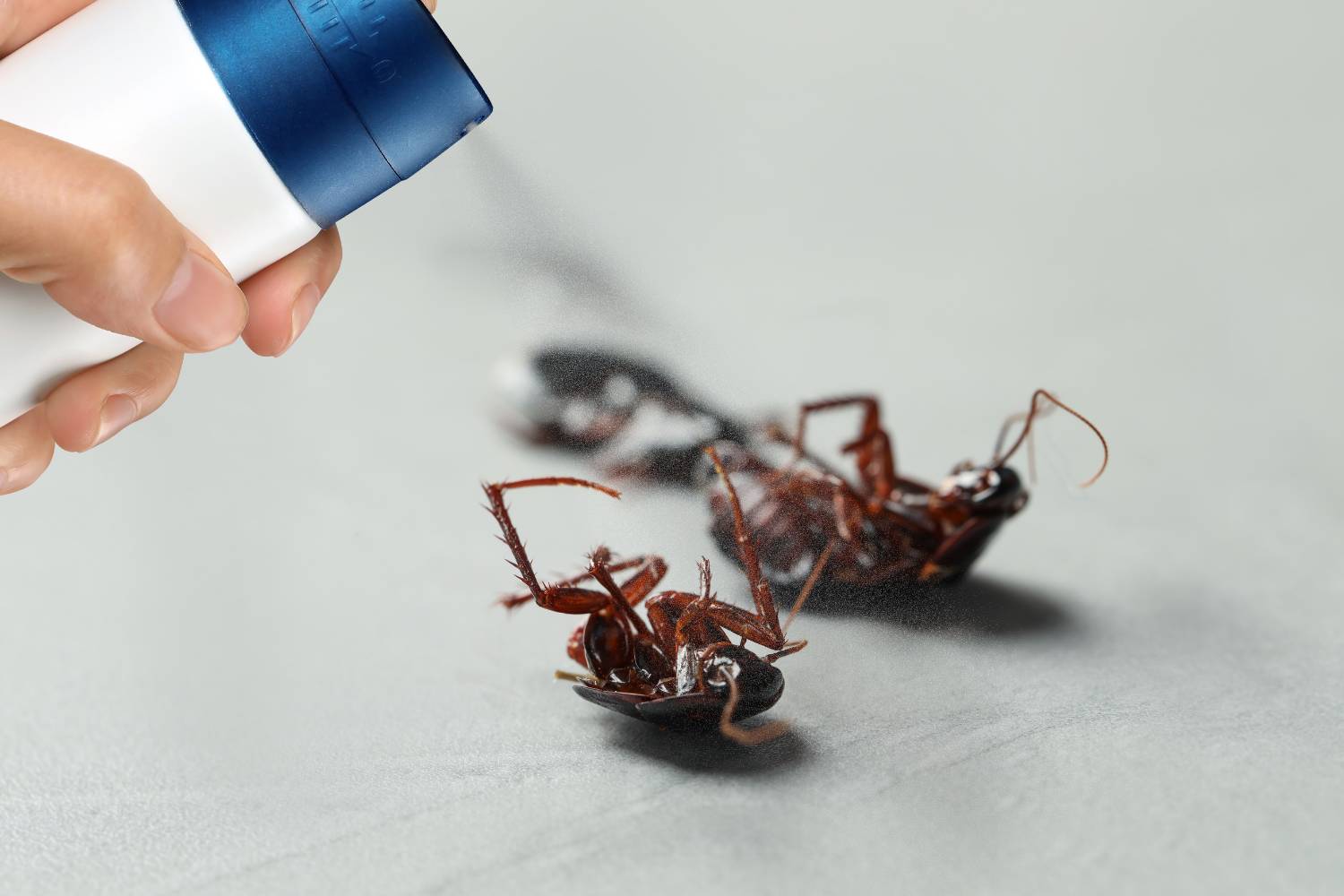
Things To Do Before Using Pest Control Sprays For Roaches
Clothing
Your clothing, personal items, and valuable jewellery should all be carefully packaged. Wrap them in plastic as much as you can to keep them safe. Wrap them in plastic, put them in cabinets, and use tape to seal any cracks around the doors and drawers.
You should also remove all bedding or cover your bed with plastic and wrap your couches, chairs, and other furniture in plastic. In short, the expert should stay far away from those things. Still, it's preferable to err on caution because airborne particles could land on these things.
Access To The Perimeter
Move the furniture to a separate area to allow the pest professional access to the room's perimeter. It would be best to eliminate dark, secluded spots because these are ideal hiding spots for roaches and other pests. In addition to guaranteeing a speedy and effective service, this procedure protects your furnishings from potential sprays and spills.
Pets
Many traditional pest management methods utilise chemicals that might be harmful to pets. A friend's house might be perfect for leaving your furry pal while you attend the service. Along with your pet, pack their bedding and any toys they may have.
Ensure your pet fish have adequate food for several hours by securely covering their aquarium with plastic. Additionally, ensure the air pumps are turned off, as they can potentially absorb contaminants.
Kitchen Items
Clear the counters of any food debris, and put all your tableware and cooking utensils in airtight containers outside the kitchen. We suggest putting plastic wrap on them, much like you would on clothing. You should also cover the nozzle of any water filter or dispenser with plastic wrap since this is something we strongly encourage.
Things To Do After Using Roach Control Sprays
Professionals may have sprayed, but the work still needs to be done. There is a preventive checklist you may follow to ensure that you won't have to treat your property for cockroaches again.
Be On Standby
During the time of the treatment, if your pest control company recommends you leave the premises, you should wait until they permit you to return before doing so. Because of this, any contaminants that may have been present in the air have been eliminated, and the treatment has been given sufficient time to dry.
Repair Leaks
Leaky pipes, including roaches, are common pest problems in homes. Many insects and rodents make their homes in these damp, dark places. You won't have to hire exterminators if you fix these leaks.
Take immediate action to fix any leaks in or around your house. Roach bait could be in the water that seeps out of these cracks. They are always alert in looking for sustenance, safety, and water. They will establish a nest in your house and begin to forage for food as soon as they detect water.
Maintain Cleanliness
Raches are always on the go, looking for food, water, and a place to sleep. To lessen the likelihood of their return, maintain clean countertops, do not leave dishes in the sink for days, repair any leaking pipes, and enrol in a regular pest control programme.
Eggs Will Hatch
Assuming the cockroaches in your house have laid eggs, you will likely have to deal with a new generation of pests. Even while there are treatments that can kill cockroaches at different stages of their life cycle, the most resilient ones will still hatch.
Removal treatments are rarely a one-time event because of this reason. No, the treatment is effective—it just needs to reach every generation that has lived in your home for the infestation to be completely eradicated.
Wait Before Cleaning
A week or more should be spent avoiding intensive cleaning. The efficacy of the insecticides may be diminished if the treated areas are immediately cleaned up. Ask your pest control professional when it's safest to clean the house and what places to skip.
Cleaning is a habit that practically every homeowner has, and we know it. You would clean up a tiny bit of filth as soon as you saw it in your house. Professional roach control by exterminators will make more of a mess because they will need to inject chemicals, treatments, and more into the affected parts of your property.
After using this, you might feel compelled to clean up. But you shouldn't clean immediately, so you'll have to wait a few days—if not weeks—before you can even touch the filth and chaos on your land. Wait a few minutes before cleaning the house for the roach spray to be effective.
Continue To Look Out For Roaches
It would be best always to check, regardless of the time. It could be a good item to incorporate into your annual schedule for home maintenance. You can eliminate roaches more quickly if you catch them early if you suspect an infestation. The longevity of your home depends on your ability to prevent major infestations.
Dead roaches will likely be visible for at least two weeks following treatment. Even more, roaches are likely to be seen. This is because the roaches' usual hiding spots have been sprayed with pesticides by your pest control provider, rendering them uninhabitable.
Consequently, the insecticides will kill off the roaches as they try to find a new place to hide. In the weeks after treatments, be on the lookout for roach bodies. There should be hardly any roach activity after that.
You Could Spot More Insects
Insects compete for resources in a Natural way; nonetheless, the extermination treatment may not eliminate all bugs, especially if some happen to stumble in looking for cockroach meat. While it's true that these new pests are reducing cockroach populations, providing a food supply for bugs only attracts more bugs. If you notice any insects extending their wings inside your home, it is important to inform an exterminator right away.
Vacuum Often
When you have received permission from the exterminator to begin cleaning the areas that have been treated, it is important to practice vacuuming the surfaces quite frequently. Keeping the floors clean of crumbs is crucial to prevent insects from gathering for a meal.
Despite the difficulty, being patient following a pest control appointment is critical. To completely rid your home of cockroaches, it may be necessary to apply further treatments.
Remember that fighting pest infestations requires diligence and determination; if you stick to your plan, you will eventually achieve a pest-free environment.
Remove Any Further Potential Food Sources
It would help if you only dine in the house in the dining room or kitchen. Leftover food, such as crumbs, attracts various pests, not roaches. Roaches may eat various things, including human flesh, magazines, brown bags, and old newspapers. If you have these products lying around the house, storing them somewhere other than the kitchen is wise. A plastic bag is great for keeping them safe from these and other pests.
Roaches will continue to seek food even after being sprayed; thus, eliminating food sources is essential. Just because you must be careful with storing food doesn't mean you should toss it out. To invite roaches inside, store food in sealed containers, put it in the fridge, or store it in glass jars. Because exterminators must use baits to eliminate insects, foods must be stored appropriately.
Baits, in addition to sprays, are another option for eradicating pests like roaches. The pest will be more attracted to food sources than the baits that are set up if those sources are readily available. However, if everything is stored correctly, roaches can avoid the baits for pre-made meals.
Eliminate Any Potential Water Source
You should avoid getting water in the bathtub and sinks after treatment since dying roaches will require it. You can eliminate any excess moisture from any damp areas by using a cloth that has been dampened. Keeping your home dry will assist in eliminating pests more quickly and keep them from coming into contact with your home while they're looking for water.
Cockroach treatments can take weeks to take effect, so it's important to get rid of any sources of water and moisture as soon as possible. Though cockroaches may go months without food, they won't survive a week without water.
Therefore, it's important to starve the ones that are about to die. Pests seek out damp or watery environments, such as kitchens, bathrooms, pipelines, yards, and sinks. Before spraying or treating for roaches, ensure these areas are completely dry.
Look For Holdouts
Cockroaches can "hold out" in several different regions, even after bait stations and traps have been set up. Some possible hiding spots for them include the interiors of your walls, beneath appliances and cupboards, or even outside your home altogether. The term for these possible hiding places is "holdouts."
Request a follow-up spraying from the pest control expert if the problem with pests continues after the initial treatment period. Motivate them to zero in on the possible dissenters. Holdouts include any places where cockroaches can find a haven.
Close Their Entry Points
No matter how careful you are, insects will find a way into your home. However, if you plug any holes in the foundation or around doors, you can prevent them from entering. As a haven for insects and other pests, cardboard boxes should be swiftly dismantled and disposed of in the recycling bin.
By carefully taking care of these activities, you make your living space less inviting to unwanted visitors, reducing the chances of infestations and protecting your belongings. The key to keeping your home clean and pest-free is to take preventative measures to prevent bugs.
How Long Before All Roaches Die?
Pest control companies will determine the cost based on the severity of the cockroach infestation. How long it takes depends on the number of roaches you have. As the chemicals are distributed, you may notice the appearance of dead roaches throughout one to two weeks.
A lot of cockroaches die by eating dead roaches. Raches can evade an exterminator's treatment if an exit point is not found. Exterminators that have been in the business for a while are pros at blocking off potential pest access points.
Does Spraying Remove Cockroaches Instantly?
Cockroaches will go into a frenzy when exposed to it. They will probably emerge from concealment in their pursuit of safety from the poisons. But most of them will hide until the spray has dried, at which point they will emerge to collect the residual chemicals.
Are The Chemicals Harmful?
In modest amounts, the compounds are lethal to cockroaches, but they do not pose a threat to human or animal life. You may be requested to vacate the area if the pest control service determines that a more intensive spraying session is necessary.
For the spray to accomplish its job without injuring anyone or any animal, a waiting period is required once the procedure is completed. It is important to clean up after yourself so that children and pets can return safely.
Cockroach Spray: How Does It Work?
A pest control expert will come to the location(s) you've identified as cockroach hotspots and spray the area(s) with chemicals because roaches are like dark areas; detecting an infestation could take a while. If you spray these locations, some roaches will likely absorb the poisons and spread them to other areas.

What About Side Effects?
Many people mistakenly believe pest control companies employ extremely harmful chemicals on people, plants, and animals. True, all of the chemicals utilised in these processes are toxic. But when taken in the amounts recommended, they won't kill humans.
However, you are easily irritated by odours. In that case, it is advisable to leave the house until the treatment is complete and the recommended waiting period has elapsed (the exact duration will be communicated to you by your pest control professional).
Organic, all-natural control methods are becoming increasingly popular due to rising health consciousness. Chemicals used in organic treatments come from plants, including peppermint.
While many pests respond well to organic pest control, more than the first treatment may be needed in cases of severe infestation. It is also necessary to conduct organic pest control more frequently. Regarding pest management, Stampede has you covered with organic and conventional methods.
Conclusion
Commonly found in kitchens, food storage facilities, and sewers, cockroaches are a prevalent pest in residential settings. They can contaminate food and disperse pathogens such as salmonella, streptococcus, and staphylococcus. In order to prevent more infestations, homeowners should adhere to a precautionary checklist following cockroach pest control treatments.
The purpose of cockroach pesticides is to eradicate current roach populations and stop them from returning. Clothes, personal belongings, and priceless jewellery should be packed in plastic to keep them secure from flying debris. To provide pest control experts access to the room's perimeter and get rid of secluded, dark regions, move furniture to different areas.
Traditional pest management techniques should not be used near pets since they often include hazardous chemicals. To stop pet fish from absorbing contaminants, pack them with plastic covers and switch off the air pumps. Use plastic wrap to keep countertops and kitchenware clean, and place outside water filter nozzles.
Stay alert following cockroach control treatments to make sure the treatment has dried and all pollutants have been removed. As roaches are always looking for food and water, fix leaks. Keep surfaces spotless, avoid leaving dishes in sinks for extended periods of time, and sign up for a routine pest control service to uphold cleanliness.
Even the hardiest cockroaches will eventually hatch, so removal treatments are ongoing. If possible, give cleaning a week or longer to prevent decreasing the effectiveness of pesticides. To avoid large infestations, keep an eye out for roaches and take early action to catch them.
Following treatment, dead roaches will probably remain visible for at least two weeks because they have been sprayed with insecticides, rendering them inhospitable. Be on the lookout for roach bodies and little activity in the weeks following treatments.
Because they fight for resources, insects may persist after being eradicated, particularly if they manage to discover food sources. Make quick contact with an exterminator if you see any insects spreading their wings within your house. Once you have the exterminator's authorisation to clean treated areas, vacuum periodically to keep floors free of crumbs. Following up on a pest control appointment requires perseverance and patience because more treatments might be required.
Anything that could be a food source, such as human flesh, magazines, brown bags, and old newspapers, should be taken out and stored somewhere else. Food should always be kept in sealed containers, refrigerated, or in glass jars because roaches will still search for food after it has been sprayed. Another choice for getting rid of pests like roaches is to use baits and sprays.
Keep your house dry and remove any possible water sources, such as sinks and baths. Since cockroaches can "hold out" in a variety of places, if the issue still exists after the first treatment cycle, ask for a second spraying. Seal off access spots, like gaps in the foundation or around doors, and get rid of cardboard boxes right once.
Dead roaches may take a week or two to show. The fee is determined by the pest control company based on the extent of the infestation. The majority of roaches perish by consuming deceased ones, and skilled exterminators can seal up possible entry points.
In order to control cockroaches, chemical sprays are applied to locations designated as hotspots. However, some roaches may absorb the poisons and disperse them to other areas. Even though harmful chemicals are employed, when consumed in the recommended levels, neither humans nor animals are at risk.
Growing health concern has led to an increase in the use of organic, all-natural control measures; in cases of serious infestations, more than one treatment may be necessary. Stampede provides conventional and organic pest control solutions.
Content Summary
- Cockroaches are common pests in homes, known for spreading diseases such as staphylococcus and salmonella.
- Effective pest control requires both elimination and preventive strategies to keep roaches at bay.
- Cockroach sprays, designed to kill roaches and prevent their return, work through a chain reaction within the pest community.
- Before pest control, protect personal items and furniture by wrapping them in plastic to avoid contamination.
- Clear access to the room's perimeter is crucial for efficient pest control, requiring furniture repositioning.
- Traditional pest control methods may pose risks to pets, necessitating temporary relocation and protection measures.
- Kitchen items should be secured in airtight containers and covered to protect from potential chemical exposure.
- Post-treatment involves a preventive checklist to avoid future infestations, including waiting for the all-clear from professionals.
- Repairing leaks is essential as they provide a water source for cockroaches, encouraging infestation.
- Maintaining cleanliness, including prompt repair of leaks and regular pest control, can significantly reduce the chance of roach return.
- Post-treatment, a new generation of cockroaches may hatch, necessitating ongoing treatment efforts.
- Avoid immediate cleaning after treatment to ensure the effectiveness of the insecticides used.
- Continuous vigilance for roaches is advised, incorporating inspections into regular home maintenance routines.
- Observing dead roaches post-treatment indicates the effectiveness of the pest control measures.
- Increased visibility of insects may occur as they search for food, highlighting the need for prompt exterminator notification.
- Regular vacuuming post-treatment helps maintain a clean environment, discouraging pest attraction.
- Further treatments may be necessary for complete eradication, requiring patience and persistence.
- Dining restrictions to specific areas can help minimize food sources for roaches, reducing attraction.
- Storing items like old newspapers and magazines properly can decrease roach infestation risks.
- Eliminating water sources post-treatment deprives dying roaches of necessary hydration, aiding in pest control.
- Identifying and addressing cockroach holdouts is critical for thorough pest eradication.
- Sealing entry points reduces the chances of infestation by limiting pest access to the home.
- The time to complete roach eradication varies, depending on the infestation severity and effectiveness of treatments.
- Cockroach sprays induce a survival reaction, causing them to emerge from hiding, facilitating their elimination.
- While pest control chemicals are lethal to cockroaches, they are generally safe for humans and pets in recommended doses.
- Post-treatment cleanup is important for safety, especially for children and pets returning to the treated area.
- Pest control experts target cockroach hotspots with sprays that are absorbed and spread by the roaches.
- Misconceptions about the toxicity of pest control chemicals to humans and pets persist, despite safety measures.
- Organic pest control options, while safer, may require more frequent application and are not always effective for severe infestations.
- Protecting clothing and valuables from potential spray contamination involves careful wrapping and storage.
- Ensuring pets' safety during pest control includes covering aquariums and turning off air pumps to prevent contamination.
- Post-spray, keeping the environment clean and monitoring for roaches is crucial for maintaining a pest-free home.
- Leaky pipes and damp areas attract pests, making prompt repairs a key preventive measure.
- Cockroach eggs may survive initial treatments, highlighting the need for ongoing pest management efforts.
- Cleaning too soon after treatment can reduce the effectiveness of pest control chemicals.
- Vigilance in spotting roaches and maintaining a clean environment helps prevent reinfestation.
- Observing an increase in dead roaches post-treatment is normal and indicates the treatment's success.
- New insect sightings post-treatment may indicate the need for additional exterminator intervention.
- Frequent vacuuming after receiving clearance from the exterminator helps maintain a clean, pest-free environment.
- Continued efforts and patience are essential for achieving a completely roach-free home.
- Limiting dining areas and properly storing food and waste helps reduce pest attraction.
- Proper storage of potential roach food sources is essential for effective pest management.
- Removing water sources helps deprive pests of necessary hydration, aiding in their elimination.
- Addressing potential cockroach hideouts ensures a comprehensive approach to pest control.
- Sealing off entry points is a proactive measure to prevent future infestations.
- The duration of pest eradication efforts varies based on the extent of the infestation and treatment methods used.
- Immediate effects of cockroach sprays include increased visibility of pests as they react to treatment.
- The safety of pest control chemicals for humans and pets is ensured through regulated dosages and post-treatment protocols.
- Organic pest control methods offer a safer alternative but may require more frequent application.
Frequently Asked Questions
After pest control sprays, waiting at least 24 to 48 hours before cleaning treated areas is crucial. This waiting period allows the pesticides to settle effectively and dry, ensuring maximum efficacy in eradicating roaches and preventing re-infestation.
It's generally safe to stay home after pest control sprays for roaches. However, if you have respiratory issues or sensitive individuals in your household, consider ventilating the area and airing the rooms before returning.
It's common to see increased roach activity immediately after spraying as the treatment disrupts their habitat and drives them out of hiding. However, this activity should diminish within a few days as the pesticide affects the roaches.
Wait 24 to 48 hours before mopping the floor after pest control sprays for roaches to allow the pesticide to take full effect. When mopping, use mild detergent and water, avoiding harsh chemicals that may interfere with the efficacy of the treatment.
If you continue to see roaches after pest control treatment, contact your provider immediately for further evaluation and follow-up treatment. Persistent sightings may indicate that additional measures are necessary to eliminate the infestation.





